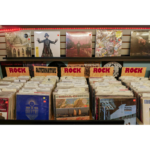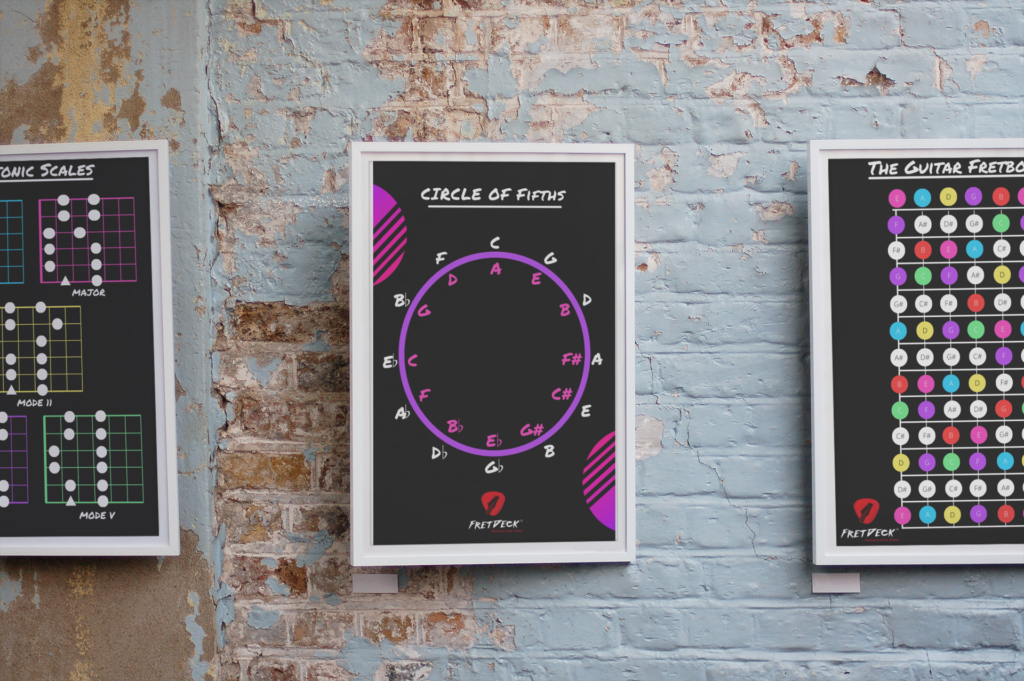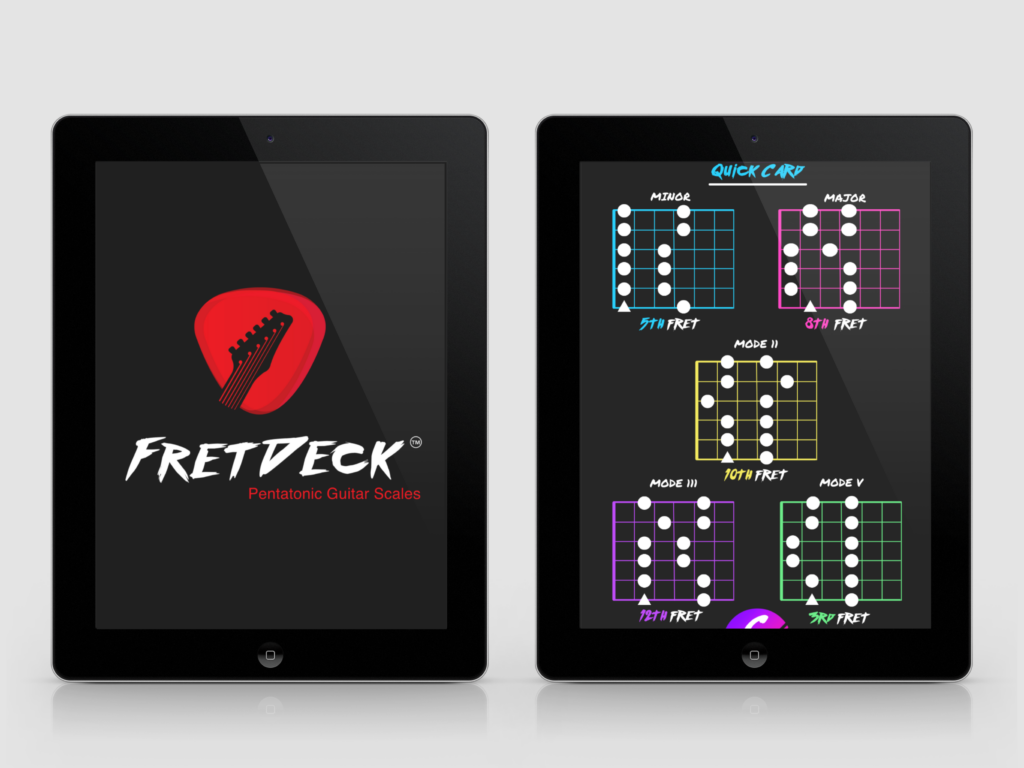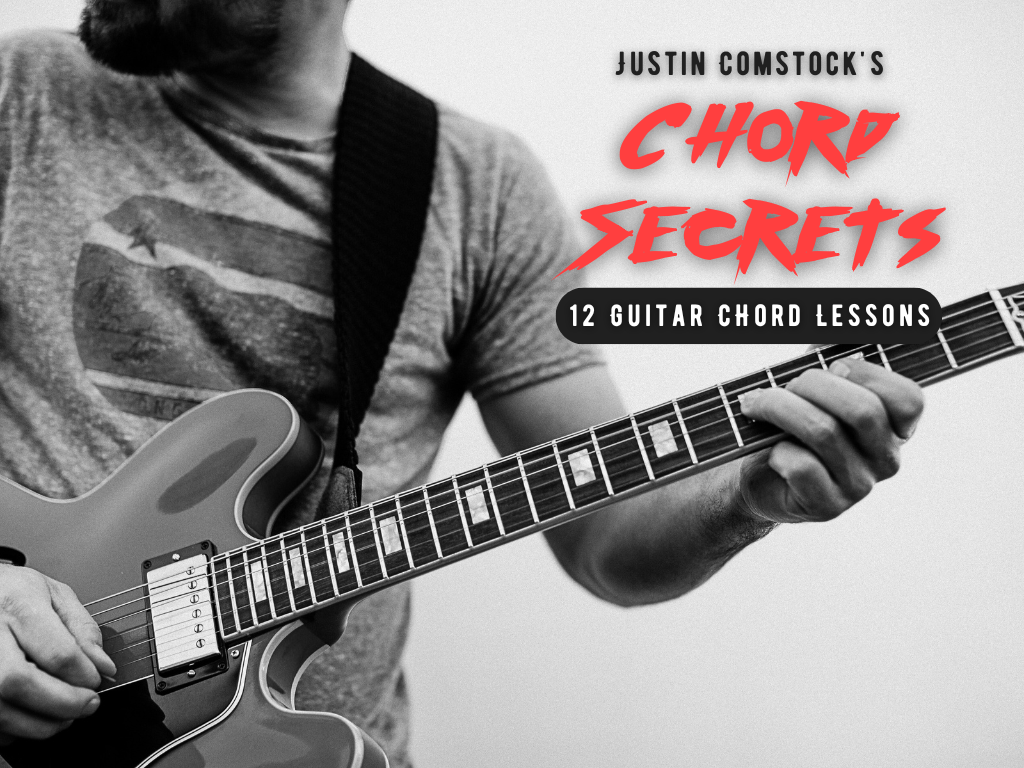Learning to play guitar solos is an exhilarating journey that opens up new avenues for musical expression and creativity. Whether you’re inspired by the soulful melodies of blues legends or the electrifying riffs of rock icons, mastering the art of soloing can significantly elevate your guitar playing. This comprehensive guide will walk you through the essential steps to craft solos that are both technically proficient and emotionally resonant.
Why Learn to Play Guitar Solos?
Guitar solos are more than just showcases of technical skill; they are narratives woven into music, conveying stories and emotions that words often cannot. By learning to solo, you can:
- Enhance Musical Understanding: Soloing deepens your grasp of melody, harmony, and rhythm.
- Boost Creativity: Improvisation encourages musical experimentation and personal expression.
- Connect Emotionally: Solos provide a medium to channel and communicate feelings through your instrument.
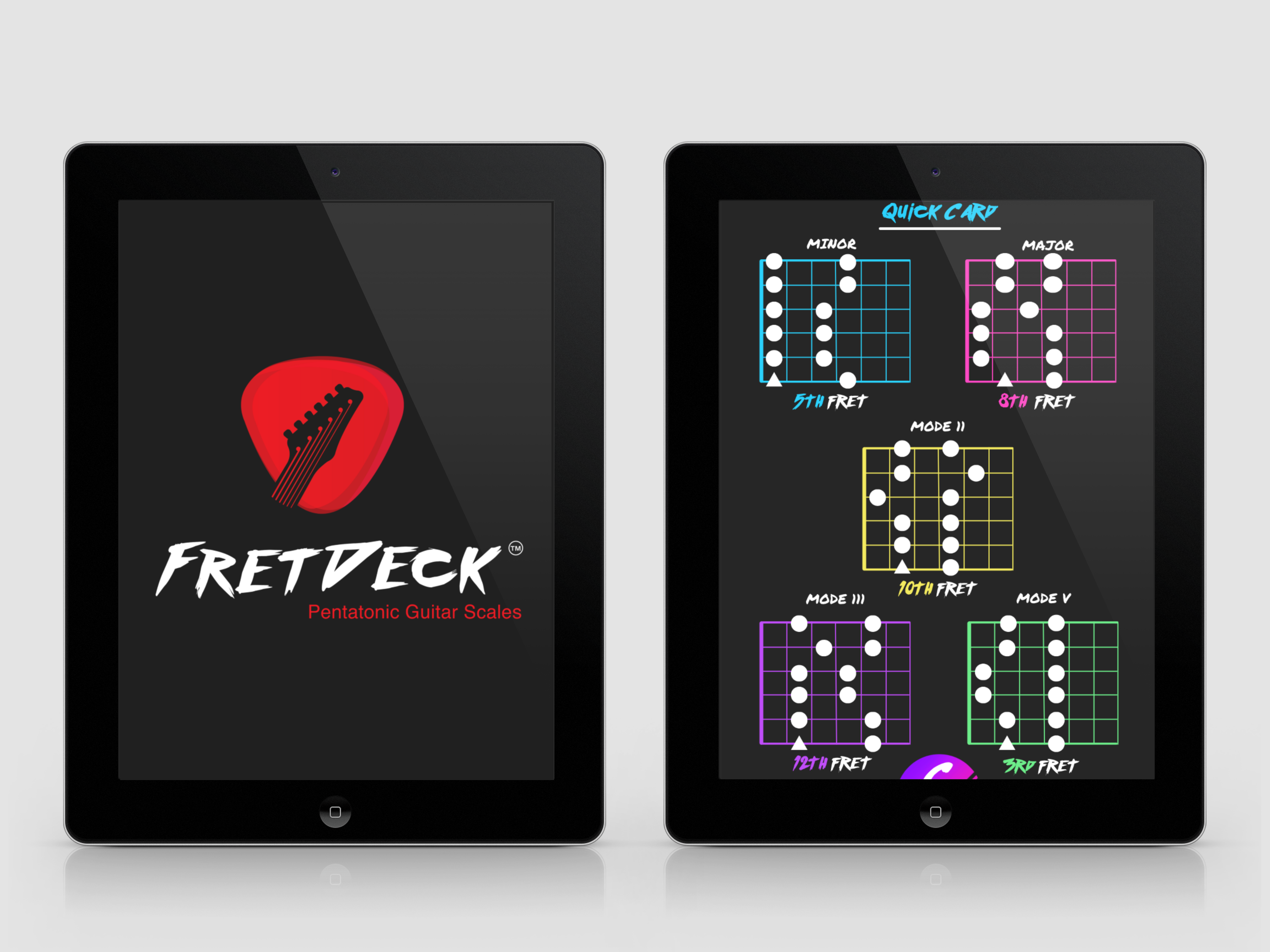
Download The FretDeck & Pentatonic Secrets Course!
Download Our Course
Foundations of Guitar Soloing
Before diving into soloing, it’s crucial to build a solid foundation:
1. Learn Essential Scales
Scales are the building blocks of solos, offering a palette of notes to draw from. Begin with:
- Pentatonic Scale: A versatile five-note scale prevalent in blues and rock.
- Major Scale: A seven-note scale foundational to Western music.
- Natural Minor Scale: Conveys a more somber or emotional tone.YouTube+7Wikipedia+7Reddit+7
Practicing these scales will familiarize you with the fretboard and improve finger dexterity.
2. Understand the Fretboard
Knowing the layout of notes across the fretboard enables fluid movement during solos. Practice identifying notes and visualize scale patterns in different positions.
3. Develop Timing and Rhythm
A compelling solo isn’t just about the right notes but also about timing. Use a metronome or play along with backing tracks to hone your sense of rhythm.
Techniques to Infuse Emotion into Your Solos
To make your solos stand out, incorporate expressive techniques:
- Vibrato: Adding slight variations in pitch to a sustained note can convey emotion and sustain.
- String Bending: Bending strings to reach desired pitches adds a vocal quality to your playing.
- Slides: Sliding between notes can create smooth transitions and a fluid sound.
Structuring Your Solo
A well-structured solo tells a story:
- Introduction: Start with a simple, memorable phrase to set the tone.
- Development: Build intensity by exploring different registers, increasing note density, or incorporating advanced techniques.
- Climax and Resolution: Reach a peak in emotional intensity before resolving back to the tonic or a harmonious note.

Download The FretDeck & Pentatonic Secrets Course!
Download Our Course
Practicing Soloing
- Play Along with Backing Tracks: This simulates real playing situations and helps develop improvisational skills.
- Learn from the Masters: Study solos from your favorite guitarists to understand their phrasing and technique.
- Record and Review: Recording your solos allows you to critique and refine your playing.
Conclusion
Embarking on the journey of learning to play guitar solos is both challenging and rewarding. By building a strong foundation, practicing diligently, and infusing your unique emotion and creativity, you can develop solos that captivate and inspire. Remember, the essence of a great solo lies not just in the notes played, but in the story they tell and the feelings they evoke.
For a practical demonstration and further insights into soloing techniques, consider watching the following tutorial:
To further enhance your soloing skills, you might find our guide on Beginner Guitar Solos: Start Improvising with Confidence particularly helpful. It offers practical tips and techniques to help you begin improvising and crafting your own solos with ease
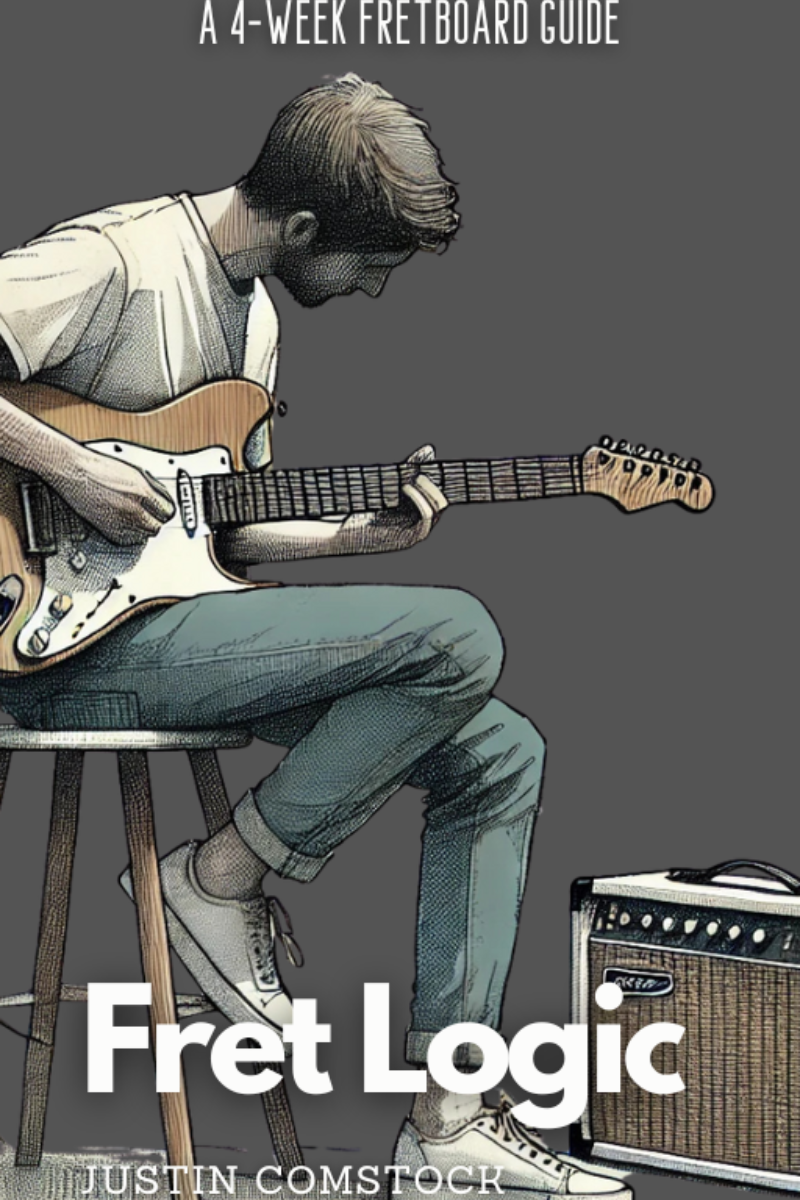
Join Guitar Freaks Hangout on Discord! 🎸
Get Fret Logic FREE!
Join the Guitar Freaks Hangout Discord and get exclusive access to my entire e-book, Fret Logic! Master the fretboard and elevate your solos with this comprehensive guide.
👉 Don’t miss out—join now and download your free copy!




